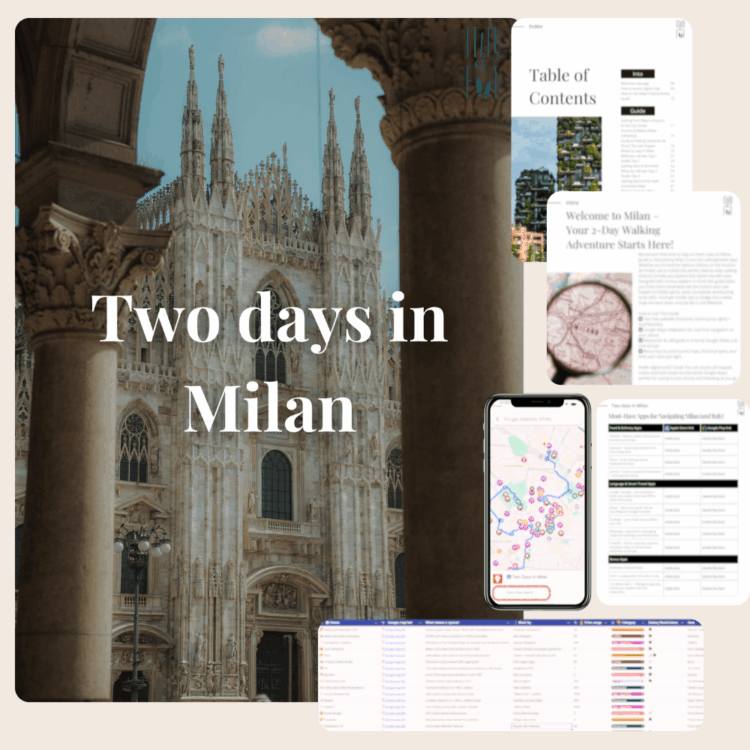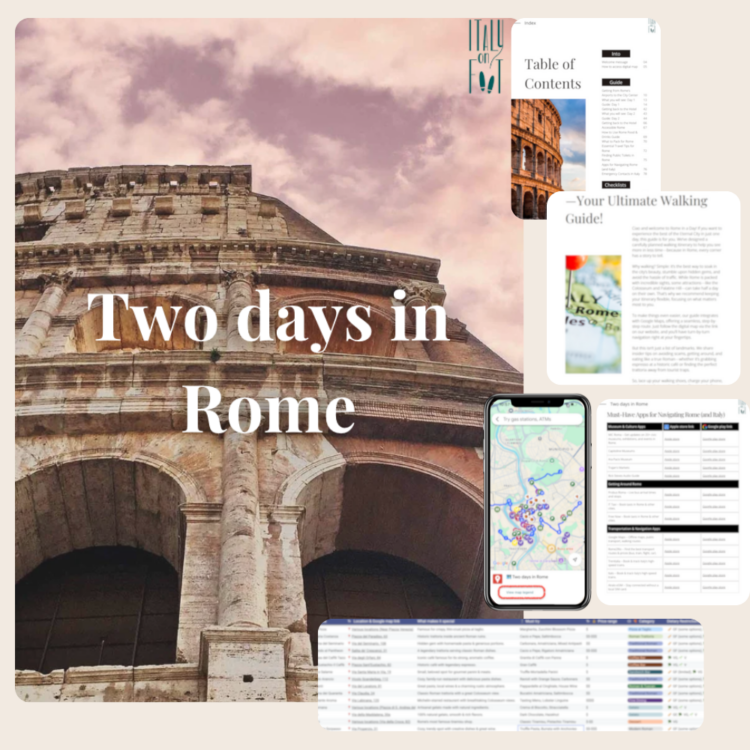Traveling around Italy can be a real adventure, especially when you know how to navigate its public transportation system. From the high-speed trains connecting major cities to the local buses weaving through charming villages, getting around is half the fun. Let me share some tips and insights to help you make the most of your travels.
The Train System: Fast and Scenic
Trains are a popular choice for many travelers in Italy, and for good reason. The network is extensive, connecting big cities and small towns alike. For the fastest travel between major cities like Rome, Florence, and Milan, you’ll want to take the high-speed trains like the Frecciarossa or Italo. These trains are not only fast but also comfortable, with modern amenities, making your journey smooth and enjoyable.
When planning your trip, it’s always a good idea to book your tickets in advance. This can save you a lot of money, as prices can vary significantly depending on how early you book and the class of service you choose. The official websites for Trenitalia and Italo are user-friendly and offer various ticket options. Keep in mind that the high-speed trains require a reservation, so you’ll have an assigned seat.
If you’re looking to explore the countryside or smaller towns, regional trains are your best bet. These trains are slower and less expensive but can take you to places that the high-speed trains don’t reach. One thing to note is that regional train tickets need to be validated before you board. Look for the small green and white machines at the station and insert your ticket to get it stamped with the date and time.
For those interested in walking tours and exploring cities on foot, don’t forget to check out Italy on foot travel tips for some great ideas and routes.

Buses: Connecting the Dots
Buses are another vital part of Italy’s public transportation system, especially in areas where trains don’t reach. In cities like Rome, Florence, and Venice, buses are a convenient way to get around, especially if you’re staying outside the city center. Urban buses run frequently and cover most areas of the cities. You can buy tickets at tabacchi shops, newsstands, or directly from machines at the bus stops. Make sure to validate your ticket once you board.
In rural areas, buses are a lifeline connecting small towns and villages. These buses are usually less frequent, so it’s important to check the schedules ahead of time. SITA and ATAC are some of the main bus companies you’ll encounter. I always recommend carrying some change with you, as some rural buses might not accept card payments.
If you’re traveling to more remote areas, consider using the intercity bus services. These are often more comfortable and can be a great alternative to trains if you’re heading to places like the Amalfi Coast or the Tuscan countryside. Companies like FlixBus and MarinoBus offer extensive routes at reasonable prices.
Metro and Tram: Urban Mobility
For getting around within big cities, the metro and tram systems are incredibly useful. Rome and Milan have the most extensive metro networks, with several lines covering the city. The metro is fast, efficient, and relatively easy to navigate, with clear signage and maps available at each station. Tickets can be purchased at the stations, and remember to validate them at the turnstiles before you enter the metro area.
Trams are another great option, offering scenic routes through city streets. Florence and Milan have extensive tram networks that can take you to various tourist attractions and neighborhoods. The trams in Milan, for example, offer a charming way to see the city, with some lines running vintage trams that date back to the early 20th century.
In Venice, the Vaporetto (water bus) is the main form of public transportation. These boats navigate the canals and offer a unique perspective of the city. Tickets can be bought at the Vaporetto stops or online, and they offer various passes depending on the length of your stay. It’s a must-try experience when in Venice.
Tips for Using Public Transportation
Here are some handy tips to make your public transportation experience in Italy smoother:
- Plan Ahead: Use online resources and apps like Google Maps or the official apps of Trenitalia and Italo to plan your routes and check schedules.
- Validate Tickets: Always remember to validate your tickets before boarding trains and buses. This can save you from fines.
- Carry Change: Especially in rural areas, having small change can be useful for buying tickets.
- Stay Aware: Keep an eye on your belongings, especially in crowded areas and on public transportation. Pickpocketing can be an issue in some places.
- Ask Locals: Don’t hesitate to ask locals for advice or directions. Most people are friendly and willing to help.
Using public transportation in Italy can be a fantastic way to see the country, meet people, and experience local life. With a bit of planning and these tips, you’ll be navigating like a pro in no time. Buon viaggio!



